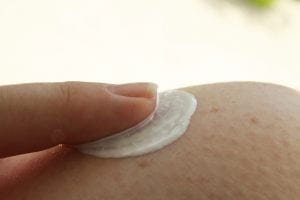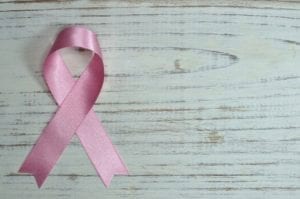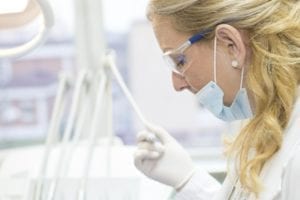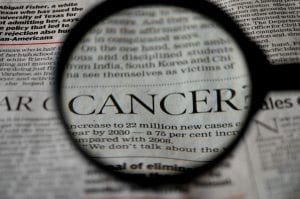Mycosis Fungoides
What is mycosis fungoides?
Mycosis fungoides is a form of T-cell lymphoma cancer, which largely manifests its symptoms on the skin. The skin itself is not cancerous, but cancerous T cells can be found on lesions, which occur in patches and may be scaly, pink and itchy. These patches can change, disappear, come back or stay the same. As the disease advances, lesions may turn into plaques. Mycosis fungoides typically occurs in patients over 50 years old, in about one in 100,000 to 350,000 people. It is found all over the world, and in the United States, it affects approximately 3.6 per million citizens per year. It affects twice as many men as it does women.What are the symptoms of mycosis fungoides?
Symptoms of mycosis fungoides vary depending on how far the disease has advanced. Stage I:- Itchy, patchy, pink lesions on the skin that may mimic eczema or psoriasis appearing on lower abdomen, thighs, butt and breasts
- Generalized itching on the skin
- Insomnia
- Small circular, purple-ish, raised plaques that slowly grow and coalesce with one another
- Lymph node inflammation
- Bluish or red-brown tumors that resemble mushrooms on the skin
- Large nodules
- Malaise
- High temperature
- Anemia
- Weight Loss
- Enlarged liver or spleen
- GI issues
- Coughing and difficulty swallowing
- Eye pain or vision loss
What causes mycosis fungoides?
The cause of mycosis fungoides is unknown. Current theories include: antigen persistence, retroviruses, and carcinogenic exposure.How is mycosis fungoides diagnosed?
Mycosis fungoides is diagnosed using DNA cytophotometry, nuclear contour analysis, and T-cell receptor gene analysis, in combination with a thorough clinical evaluation.What treatments are available for mycosis fungoides?
Mycosis fungoides treatment includes, but is not limited to:- Radiation therapy
- Topical or systemic chemotherapy
- Biologic therapy
- Topical corticosteroid or retinoid therapy (for lesions)
- Targeted therapy
- Photodynamic therapy
- Clinical trial therapy
Where can I find out more about mycosis fungoides?
Mycosis Fungoides Articles





Early Trial Data Released for Potential Mycosis Fungoides Treatment
James Moore
December 9, 2018
Read More »

How to Turn Cutaneous T-Cell Lymphoma (CTCL) Into Success
Sabina Kennedy
December 19, 2016
Read More »

Mycosis Fungoides is More than a Rash… It’s a Blood Cancer
Erica Zahn
September 27, 2016
Read More »







